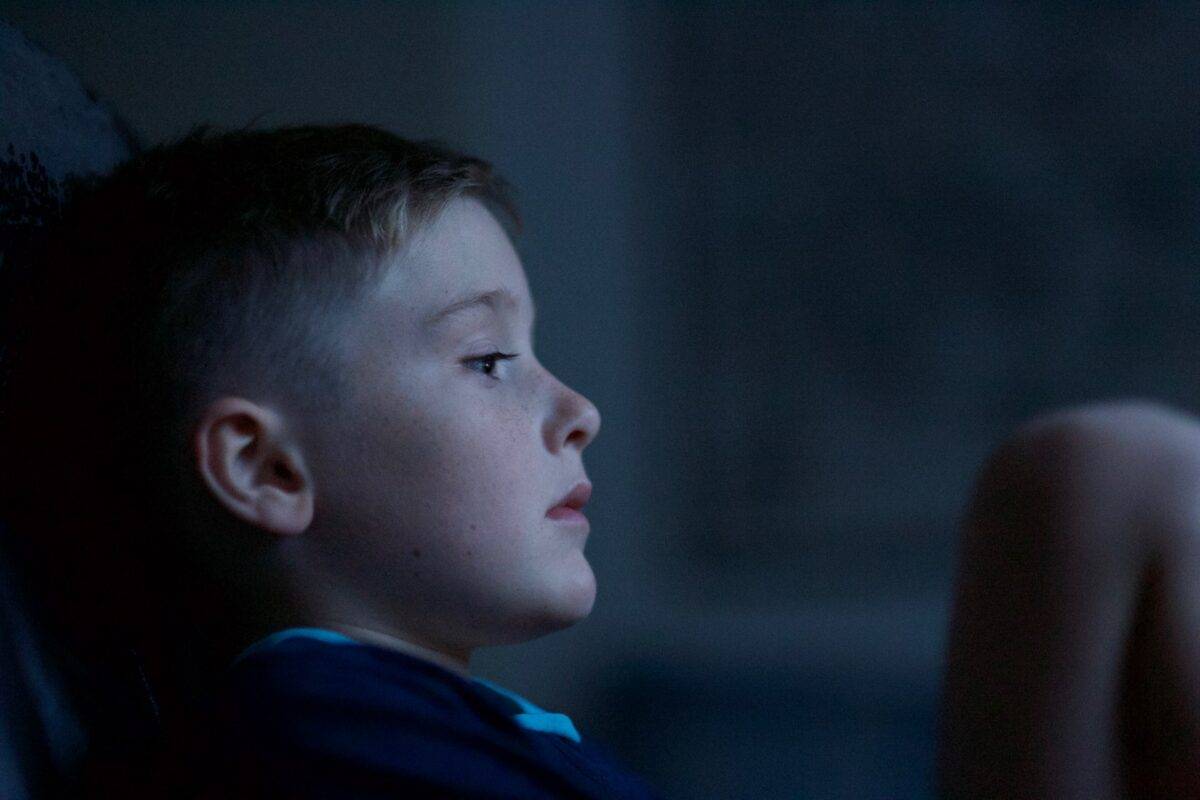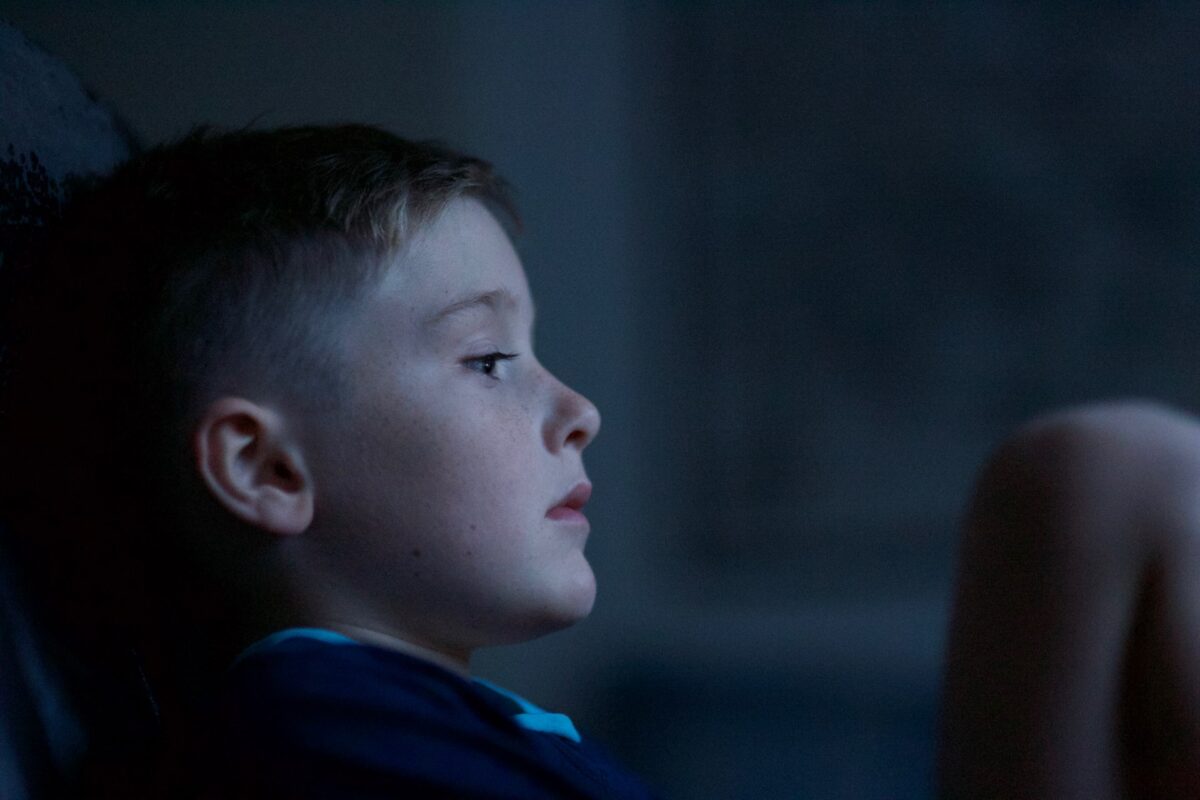The negative effects of COVID-19 on children

By the end of October 2021, 5 million COVID-19 deaths had occurred worldwide and 5.2 million children under age 18 had lost to COVID-19 a mother, father, or grandparent caregiver who lived in their household. These figures come from estimates that our team of co-authors recently released in The Lancet Child and Adolescent Health.
“For every COVID-19 death, one child has lost a parent or caregiver.”
Globally, this means that for every COVID-19 death, one child has lost a parent or caregiver. This is twice the ratio we observed when we first assessed the COVID-19 orphanhood crisis in July 2021. These global data, along with country estimates, are available in the Real Time Calculator developed by colleagues at Imperial College London. They show that the number of children who have lost a parent or a primary or secondary caregiver since our published review of the October 2021 data has already risen to 7 million.
Formulating a policy response to this crisis: What matters most?
First, location matters. The surge in orphanhood has been especially pronounced in countries with younger demographic profiles—countries that are often poorer and that have fewer support systems for affected children.
Second, age matters. Adolescents are the largest group affected, accounting for two of every three children and youth who have been orphaned, and each stage of a child’s development calls for tailored support. In the early years, children need continued investments in nurturing care, while school-age children face the challenge of staying enrolled and focused on learning. Adolescents face added risks of sexual violence and exploitation, HIV infection, suicide, and dropping out of school, often to work outside the home or to take care of younger siblings.
“The surge in orphanhood has been especially pronounced in countries with younger demographic profiles.”
Third, gender matters. Girls who are orphaned may attend school less or drop out, and they often face greater risks of sexual violence, pregnancy, and child marriage than boys. Boys can be at greater risk of exploitation from violent groups such as gangs and militias. Additionally, the higher incidence of mortality from COVID-19 among men means that three of every four children and youth who have been orphaned have lost their fathers, often compounding a personal loss with a large financial shock because in many families, fathers are the primary and sometimes sole breadwinners.

Photo: Luke Pennystan. Unsplash.
A policy solution: The 3P framework
Our Global Reference Group on Children Affected by COVID-19 developed a policy brief outlining a strategy that can guide responses. It features three steps:
- Prevent deaths of parents and caregivers by supporting equitable vaccine access and strengthening health systems.
- Prepare family-based care, avoiding harmful residential-care approaches such as orphanages and children’s homes (because most orphaned children have relatives or community members who can care for them), and strengthen public and community-based support services.
- Protect children using evidence-based strategies that address their increased risks of poverty, childhood adversity, and violence, and that strengthen their recovery, including through educational support and promising “cash plus care” models that combine income transfers with caregiver support.
Drawing on these data, 40 non-governmental organizations recently signed on to a memorandum calling on the U.S. Government to include children affected by COVID-19 in the response to the global pandemic.
The post The negative effects of COVID-19 on children appeared first on Child and Family Blog.
















Leave a comment